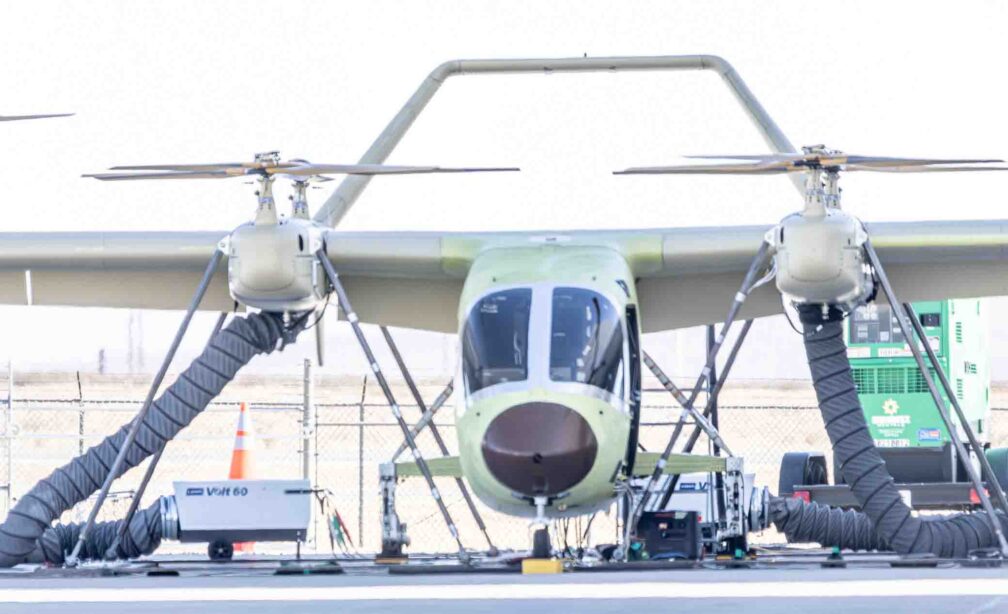Tech
Hyundai’s Secret eVTOL Tested at Mojave—Built for Battle?

Before Toyota tested its fuel-cell-powered cargo eVTOL at Mojave in 2020, Hyundai was already making strides in aerospace innovation.
Now, its subsidiary, Supernal, is taking the spotlight by conducting ground tests on a full-scale electric vertical takeoff and landing (eVTOL) aircraft at the Mojave Air and Space Port in California.
This cutting-edge tiltrotor design could revolutionize both urban air mobility and military operations, including intelligence, surveillance, and reconnaissance (ISR) missions.
Hyundai’s Tiltrotor eVTOL: A New Era in Aviation
With global investments in electric and hybrid-powered flight technologies soaring, Hyundai’s tiltrotor aircraft marks a significant shift in aviation. Featuring tilting rotors at the wingtips and four fixed-lift propellers mounted on booms connected to a high-set “Bronco tail,” the design bears a striking resemblance to the Rockwell OV-10 Bronco.
This unique configuration enhances stability and maneuverability, making it ideal for precise urban operations and demanding military environments.
Testing at Mojave: A Hub for Advanced eVTOLs
The Mojave Air and Space Port has long been a hub for experimental aircraft testing, hosting numerous cutting-edge aerospace projects. Recent images of Hyundai’s eVTOL prototype, captured outside the former Rotary Rocket site near the Mojave flight line, emphasize the region’s importance in next-generation air mobility development.
This testing phase is crucial for Hyundai’s ambition to establish itself as a dominant player in the eVTOL sector. While the aircraft’s design highlights its potential for sustainable aviation, it also raises speculation about its military applications.
Military Applications: From Logistics to Special Operations
As military strategies evolve toward distributed operations and logistical resilience, uncrewed eVTOLs are becoming essential assets. Hyundai’s mystery tiltrotor aircraft could be adapted for:
- Frontline Supply Chain Support – Rapid, autonomous transport of critical supplies in combat zones.
- Casualty Evacuation – Swift medical evacuation from hostile or inaccessible areas.
- Personnel Extraction – Agile deployment and recovery options for special forces in high-risk operations.
- ISR Operations – Extended-range reconnaissance and real-time intelligence gathering.
The rapid deployment capabilities of eVTOLs make them ideal for disaster response, search-and-rescue missions, and military reconnaissance in contested environments. Given these advantages, Hyundai’s latest aircraft could be undergoing testing for both commercial and military applications.
The Future of Tiltrotor eVTOLs
Hyundai’s bold entry into the eVTOL race signifies a new phase in aerospace innovation, bridging urban air mobility and defense applications.
Whether this aircraft is ultimately designed for city transport or tactical military use, Hyundai is positioning itself as a serious contender in the future of electric flight.

